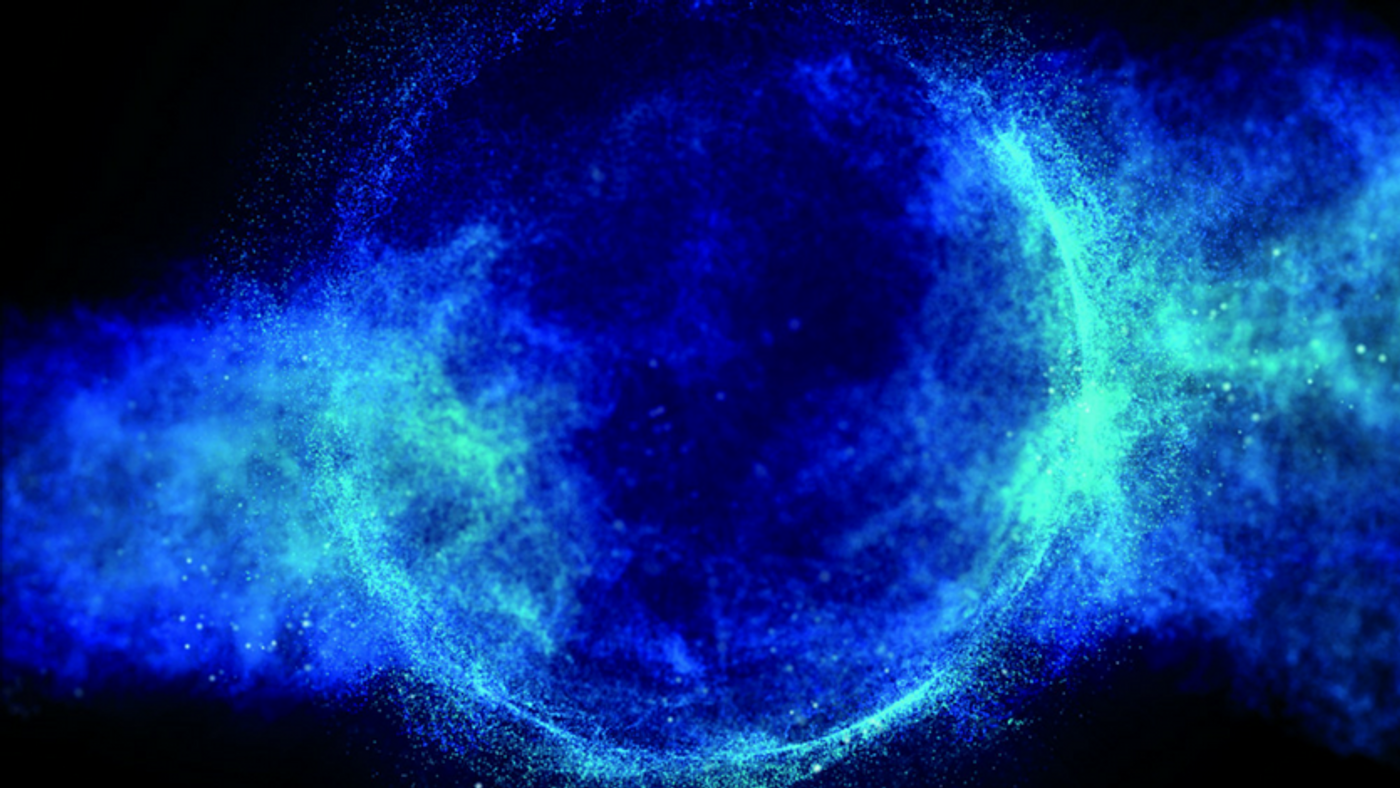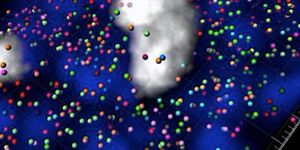Top Quark and the Higgs Make a Great Couple
The Large Hadron Collider (LHC) is not just the biggest particle accelerator on our planet. It also produces smashing headlines for the news in science. On June 4, scientists working at the two of the major experiments there are conducted using the LHC, CMS (Compact Muon Solenoid) and ATLAS (A Toroidal LHC Apparatus) announced that they have observed the coupled production of the Higgs bosons and the top quark, through approximately 10^15 events of the proton-proton collision.
Back in 2013, the landmark discovery of the Higgs boson at the LHC took the world by storm. The confirmed existence of these fundamental particles was one of the most important validations of the Standard Model of physics. The Higgs plays a unique role in this theoritical framework: it interact with all other elementary particles through the so-called Brout-Englert-Higgs Field, and this ubiquitous interaction gives the particles their masses. In another word, the mass of any particle is the solely determined by their relation with the Higgs. The stronger the interaction, the more massive a particle appears.
But a few critical questions remained unanswered. For example, how does the Higgs, the only particle that has no quantum spin, interact with other particles? The current study is among many experiments that reveals the behavior of the Higgs. It is the very first observation of the direct interaction between the Higgs and the top quark.
Quarks are 1⁄2 spin particles. They belong to the fermion family of particles (an electron is a fermion, for instance), unlike the bosons (such as a photon) which are the physical manifestation of forces. Quarks come in many “flavors”: up, down, charm, strange, top and bottom. Among them, up, charm and top quarks are electrically positive, while the other three are negatively charged; on up and down quarks are known stable quarks, that’s why they make up the baryons like protons and neutrons. The rest have only been observed in particle-smashing experiments.
What is special about the top quark, first discovered in the Fermi Lab in 1995, is that it’s the heaviest elementary particle known to physicists. It is 75,000 times heavier than an up quark and almost as heavy as a Tungsten nucleus, even though it shares many other qualities with an up quark. Scientists have long suspected an ultra-strong interaction between the top quark and the Higgs, given the latter dictates the masses of all particles.
In a 2014 study, researchers at the CMS experiment found the evidence that Higgs boson can decay into bottom quarks. The new study matched well with theoretical predictions, Higgs bosons can be produced simultaneously with top quarks even though the odds of the co-production event is quite rare.
“Higgs boson production is rare – but Higgs production with top quarks is rarest of them all, amounting to only about 1 percent of the Higgs boson events produced at the LHC,” Chris Neu, a physicist from the University of Virginia and a participant of the study said in a press release.
The results were published in the journal Physical Review Letters.
Scientists from ATLAS, CMS and the CERN theory department explain the significance of today's results (CERN)
Source: CERN/ZME Science









